JS模块(五 BOM)
BOM:浏览器对象模型
-
概念
-
BOM:浏览器对象模型,将浏览器的各个组成部分看做一个对象
-
Window():窗口对象
-
Location():地址栏对象
-
History():历史记录(当前窗口)对象
-
Navigator :浏览器对象
-
Screen:显示器屏幕
-
-
特点
- 这些BOM对象是由浏览器创建
- BOM对象不能自己创建,当文档加载进内存,浏览器自动创建
BOM对象
-
Window 对象
-
表示浏览器中打开的窗口
-
可以获取其他BOM对象
-
对象中的属性可以获取其他BOM对象
-
用法
-
获取地址栏对象
var loc=window.location; var his=window.history; var sc=window.screen; var na=window.navigator;
-
-

- 获取html文档对象
```
var doc=window.document;
```
-
window对象中的方法
-
window可以省略不写
-
有关弹框的方法
window.alert("他是一个警告框");确定true 取消false var v=window.confirm("你确定吗?"); document.write(v);
-
-
定时器的方法
-
执行一次定时器
function show() {alert("hehe");} -
返回个定时器id 根据id取消定时器
var show=function(){alert("hehe");} var timeID=window.setTimeout(show, 2000); //单位是毫秒 window.clearTimeout(timeID);
-
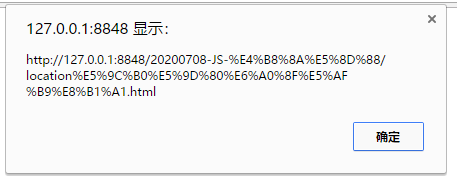
3. 循环定时器
```
var i=0;
var add=function(){i=i+1;}
var timeID=window.setInterval(add,1000);
window.setInterval(function(){
console.log(i);},1000)
```

返回定时器的id
-
location地址栏对象
-
获取地址栏对象 href 设置或返回完整的 URL 浏览器的地址栏,会对文件进行URL编码
var text=location.href; alert(text); function toBaidu(){ location.href="http://www.baidu.com";} -
一些其他属性
alert(location.port); alert(location.host); alert(location.hostname); alert(location.pathname); alert(location.protocol);
-

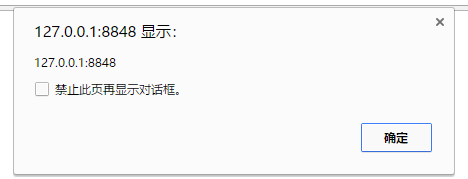
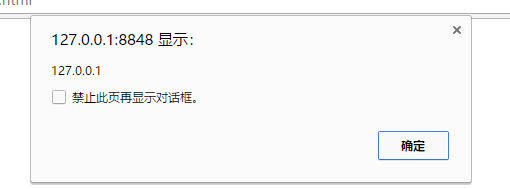
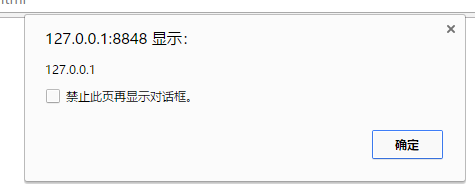

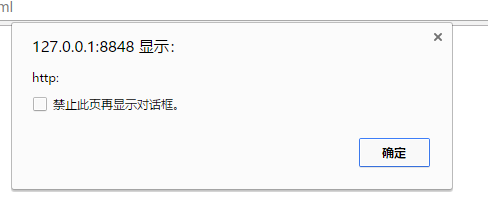
1. 返回当前 URL 的端口部分
2. 返回一个URL的主机名和端口
3. 返回URL的主机名
4. 返回的URL路径名
5. 返回一个URL协议
-
返回打开的窗口对象
newWindow=window.open("index.html"); -
关闭打开的窗口
window.close();

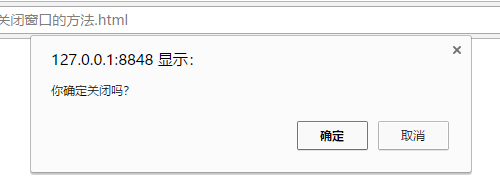
-
刷新页面
function flushHTML(){location.reload();}
-
通过 location.hash 获取最新hash值
window.onhashchange=function(){ var hs=location.hash; console.log(hs);}

-
URL编码
-
decodeURI() 解码某个编码的 URI
-
decodeURIComponent() 解码一个编码的 URI 组件
-
encodeURI() 把字符串编码为 URI
-
encodeURIComponent() 把字符串编码为 URI 组件
var text=location.href; document.write(text); document.write("<hr>"); var url=decodeURIComponent(text); document.write(url); document.write("<hr>"); var str="张三"; var code=encodeURIComponent(str); document.write(code); document.write("<hr>"); var name=decodeURIComponent(code); document.write(name);
-

-
屏幕对象
-
alert(window.screen.pixelDepth); alert(window.screen.width); alert(window.screen.height);
-
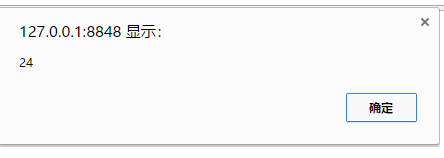
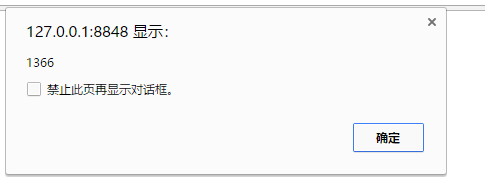
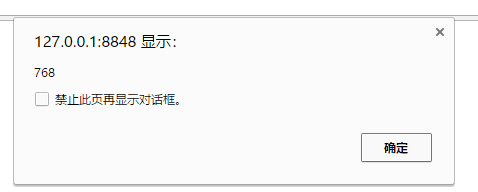
1. 屏幕的像素
2. 屏幕的宽度
3. 屏幕的高度
-
页面时钟的显示
-
使用js/moment.js这个java时间显示
-
function showTime() { var divEle = window.document.getElementById("time"); var time=moment().format('YYYY-MM-DD HH:mm:ss dddd'); divEle.innerText = time;} showTime(); //先手动调用一次 window.setInterval(showTime,1000);//循环调用 间隔1000
-

-
页面的前进与后退
<html><head><meta charset="utf-8"><title></title> <script type="text/javascript"> function nextOne(){ window.history.go(1); //下一个} </script></head><body> <a href="a.html?username=zhangsan&passwrod=123456">跳到a</a> <a href="javascript:void(nextOne())">下一个</a></body></html>

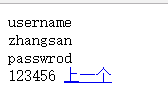
- 跳转页面并携带了请求参数 username=zhangsan&passwrod=123456?键=值&键=值&键=值 请求参数的格式
JS待续…